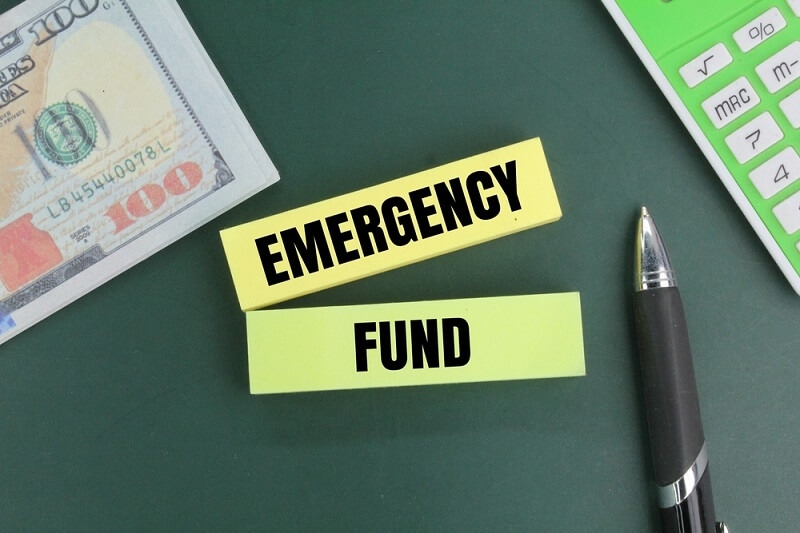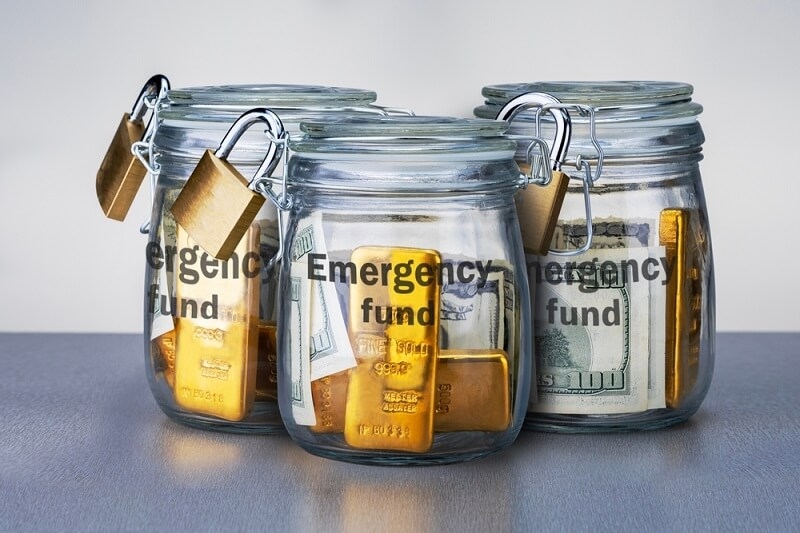
Putting money away seems nearly out of reach when you're living from paycheck to paycheck. But saving an emergency fund is one of the most innovative financial aids you can create—particularly if your income is modest. Even a small safety net can be the difference between paying for car repairs with a clear head and tapping high-interest credit cards. In this guide, we'll detail tips for emergency funds for low-income families, strategies for saving small amounts regularly, and advice for emergency savings newbies. We'll also cover the process of starting an emergency fund with debt and assist you with determining how much emergency savings is sufficient to feel more financially stable.
By the end of this article, you’ll have actionable steps to begin saving for unexpected bills without overwhelming your budget.
Life is not usually as planned. Cars malfunction, appliances break, and doctor bills crop up when they are least expected. Without an emergency fund, these issues escalate into debt quickly. This is especially true for low-income individuals since the budget has little leeway to cover surprises.
A fund for emergencies is a cushion that prevents you from using credit cards, payday loans, or borrowing cash in case of a mishap. Even a modest fund of $300 to $500 will be helpful to meet immediate, unexpected expenses. As things improve, you can expand the fund over time.
Before diving in, decide how much emergency savings your situation needs. Financial experts often recommend three to six months’ worth of living expenses. While that’s ideal, it’s not always realistic when you’re on a tight budget.
For emergency savings newbies, it's safest to begin with small amounts. Your initial target may be as little as $250. That will get you through an unexpected car repair, a doctor's copay, or a utility payment. Once you reach that milestone, work towards $500, $1,000, and so on. Having manageable, achievable goals has you energized without feeling overwhelmed.
One of the most effective emergency fund advice for low-income families is to divide savings into small, manageable amounts. Rather than considering hundreds of dollars, pay attention to what you can save regularly—$5, $10, or $20.
Here are some great ways to do this.
As you consistently save small dollar amounts, you'll gain saving momentum. Over time, those small deposits become meaningful.
Creating an emergency fund isn't necessarily a matter of earning more money—it's about shifting what you already have. Consider your budget and find small reductions:
Making minor adjustments can save you $20- $30 a month, boosting your emergency fund.
Most individuals want to know if they should save money or pay off debt first. The reality is that you require a balance. Debt repayment is necessary, but emergencies don't care if you have debt or not.
Here's the plan:

Psychology is a large part of saving. If your emergency fund is in your checking account, you'll be inclined to spend it. Instead:
One of the most complicated financial challenges is saving for unexpected bills—those surprise expenses like car repairs, medical visits, or sudden travel needs. Instead of waiting for the shock, plan ahead:
For example, if car repairs cost you an average of $400, set $400 as your first goal for emergency funds. This provides a real-life setting for your savings goals, and it is easier to stick to them.
When you get a tax refund, birthday money, or any surplus money unexpectedly, put some of it in your emergency fund. It's tempting to splurge, but putting away even a portion of windfall money can accelerate the process.
Consider extra income from side hustles. Gig economy jobs such as food delivery, pet sitting, or freelancing can generate additional income that can contribute to your emergency fund.
It can feel slow as molasses to save money on a tight budget, but tracking progress is motivating. Create a visual tracker—a savings thermometer chart—or institute milestone celebrations whenever you reach $100, $250, or $500.
Small wins celebrated keep you going. Building financial stability is a marathon, not a sprint.
Beginners can feel overwhelmed, but many make the same mistakes. Avoid them to stay on track:
As an emergency savings beginner, staying disciplined ensures your fund serves its purpose.
The amount of emergency savings required will depend upon your income level, expenses, and overall lifestyle. Here are some guidelines:
If you want to take it further, start with a basic goal of $500. This amount is just large enough to cover many potential unexpected bills, but small enough to have confidence in saving realistically.
Saving an emergency fund on a low income might sound impossible, but it's achievable with the proper mindset and planning. Through frequent savings of small amounts, eliminating wasteful expenses, and making even small contributions a priority, you can establish a cushion to safeguard you from life's unexpected twists and turns.
Remember: emergency fund secrets for low-income families aren't a matter of saving thousands in one night. They're about steady, consistent progress. Whether you're new to emergency savings or juggling an emergency fund and debt, the secret is beginning today. Even a little step forward gets you closer to financial peace of mind.
This content was created by AI